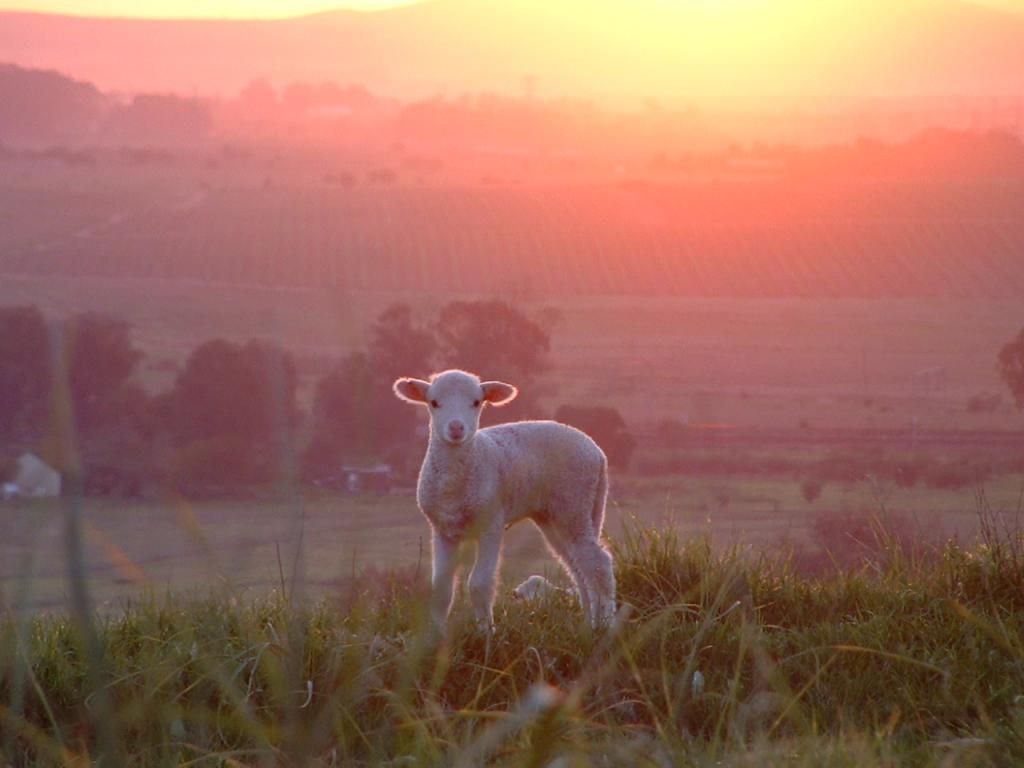Johne's Disease (pronounced "Yo
The strain that affects sheep is different than the one that affects cows, though there is an intermediate strain that sheep are susceptible to. While cattle experience diarrhea, in sheep, Johne's tends to be a wasting disease. Control of the disease in infected flocks is difficult due to the lack of a reliable live animal test. Vaccination will reduce the number of clinical cases in a flock, but will not prevent all animals from becoming infected. Colostrum from other sources (cows, goats) may be a source of infection in sheep flocks.
This disease is hard to detect. The signs of Johne's disease are vague and months can pass after infection before they appear. Weight loss in animals with a good appetite may be the only indication as diarrhea is not a common sign in sheep, unlike what is seen in cattle. Infected sheep may appear unthrifty and wool break/poor fleece condition may also be noted. The signs of Johne's disease can be confused with the clinical indications of other conditions such as parasitism, OPP (ovine progressive pneumonia), CLA (caseous lymphadenitis) or malnutrition. Of course, more than one problem may be occurring - for example, sheep eventually succumbing to Johne's disease had improved clinically after treatment for parasites. Because of the slowly progressive nature of the infection, signs of Johne's disease are usually not seen until animals are adults.
Johne's disease typically enters a flock when an apparently healthy, but infected animal is introduced. This animal contaminates the premises (feed, ground, water) by shedding the organism in its manure. The organism is then ingested by other sheep. Lambs are thought to be most susceptible to infection and their suckling manure-contaminated teats are another route of infection. It is also possible that a ewe in the later phases of the infection can shed M. paratuberculosis into her milk and colostrum, thus transmitting it to her lambs.
The best way to avoid this chronic infectious disease of course is to be as certain as possible that animals brought into the flock are not infected with M. paratuberculosis . Johne's disease test-negative flocks are the best sources of animals for purchase. Since many flock managers have not yet test for the infection, assess the entire flock (not just the animals you intend to buy) for body condition. Ask the owner about the cull rate and common cause for culling - how many animals were thin/unthrifty for no confirmed reason? Check the body condition of the dam of lambs you intend to purchase and have her tested if you have suspicions (tests on sheep less than one year old are not likely to be informative unless exhibiting signs of the infection).
Following general rules of sanitation are helpful in blocking transmission of the infection. Feeders and waterers should be designed to minimize the likelihood of fecal contamination. Lambing should occur in clean, dry areas. Animals with weight loss or diarrhea should be segregated from the rest of the flock and tested.
Following general rules of sanitation are helpful in blocking transmission of the infection. Feeders and waterers should be designed to minimize the likelihood of fecal contamination. Lambing should occur in clean, dry areas. Animals with weight loss or diarrhea should be segregated from the rest of the flock and tested.


























